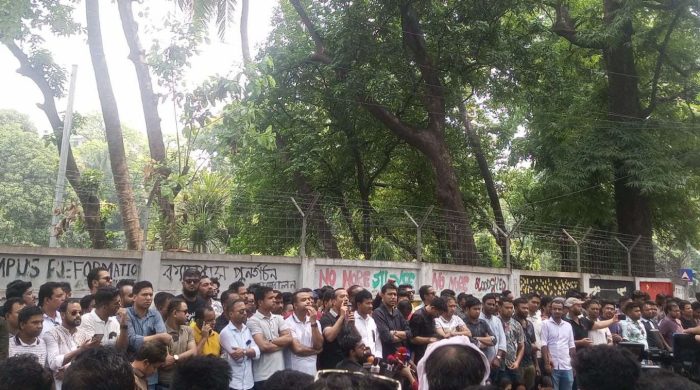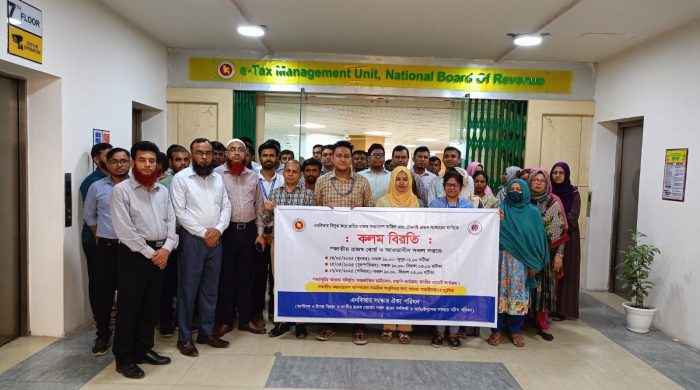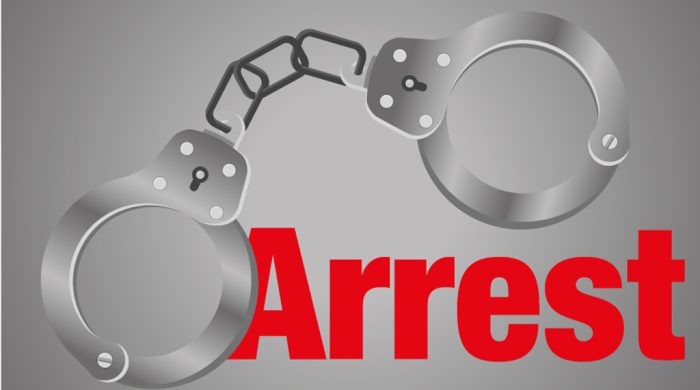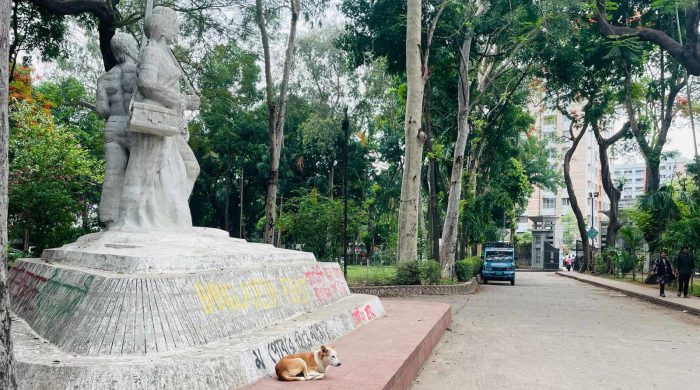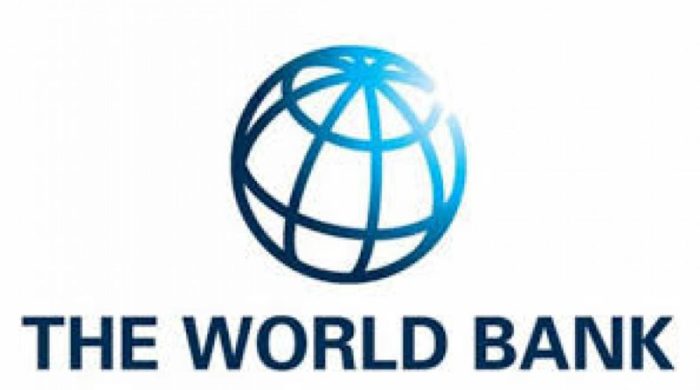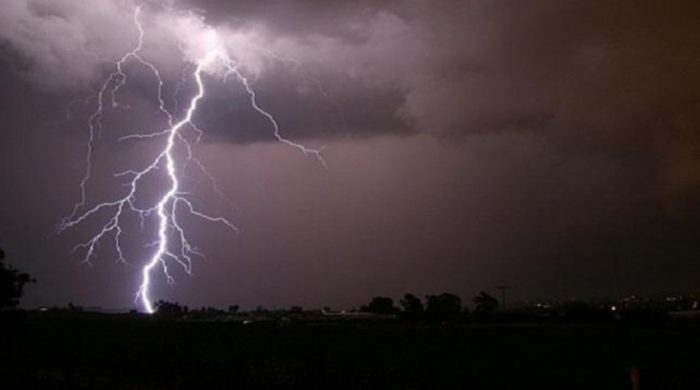Poor transport system makes char residents’ life harder

- Update Time : Saturday, August 6, 2022
- 104 Time View

Residents of the remote chars (shoal) of the Brahmaputra River in Jamalpur have to struggle to reach the mainland round the year for lack of enough transport facilities, accelerating their plights.
As the flood-prone chars are inundated every year during monsoon, there is no enough road and transport facility there. During the monsoon, locals use boats or banana plant-made rafts to go from one place to another.
But, in dry season, they must walk for at least one hour for going to the mainland from the hard-to-reach areas, while horse carts are the only transport mood to carry goods in chars.
As there is no concrete road in the char areas, the locals have to suffer more in carrying goods in the uneven and muddy paths of chars, said Mozam Mondal, a resident of Char Shovagacha at Madarganj.
He said if the char dwellers fail to manage a horse cart to send crops they produce to a local market of Gabergram for selling, they must carry those on their heads or shoulders.

“We have no alternative to the horse carts in carrying goods in the char areas,” he added.
While the people of the country’s mainland are availing various public services and amenities, the char dwellers have hardly any access to those, as they are marginalised and live in hard-to-reach areas.
Alal Mondal, another resident of Char Shovagacha, said if anyone falls sick in his locality during a flood, no doctor will be found there.
“So, the patient must be taken to Gabergram, which is three kilometres away from our locality, by a boat or raft and then, he or she must be shifted to any hospital of Jamalpur town for treatment,” he said.
Noting that a woman died there six months ago in lack of medical treatment, Alal said the char people do not go to doctors with simple health complications like fever and cough but suffer more.

Abdur Rahman of the same locality said there is no community clinic in their char and that is why the locals do not have access to the public healthcare services.
In addition, the char people have very limited access to other facilities like the vulnerable group feeding (VGF) scheme, the vulnerable group development (VGD) programme, old-age allowance, widow allowance and disability allowance offered by the government.
“I went to the local union parishad chairman several times seeking the old-age allowance but he demanded Taka 8,000 in bribe to do so. As I refused to pay the bribe money, I did not get the allowance,” said 70-year-old Mozammel of Char Dawlatpur.
MUSCLEMEN CONTROL CHARS
Every year, many new chars emerge in the Brahmaputra, while this river devours many old shoals making a huge number of char dwellers displaced.
When a char emerges in the river, local influential people bring it under their control. They provide land to the displaced people to build homes and cultivate crops. But, after harvesting their crops, the char farmers must share their harvests with the musclemen who control chars.
“As a sharecropper, I have been cultivating crops on the char lands for the last eight years. I have to give half of the crops I produce to my land lord,” Mozam Mondal said.
Abdur Rahman said there is a practice of ‘might is right’ in chars as those who have power grab the char lands.
The poor char dwellers have no rights to the char lands where they live in for generations, he said.
HOW CHARS EMERGE
The Brahmaputra River carries one of the world’s highest sediment loads and its sediment transport dynamics strongly affect ecology and agriculture in South Asia.
Malik Fida A Khan, executive director of Centre for Environmental and Geographic Information System (CEGIS), said more rainfall occurs in Brahmaputra basin, which accelerates sedimentation in the river.
“Each year, about 550 to 600 million tonnes of sentiments comes from the upstream areas through the Brahmaputra River but it cannot send all the sediments to the Bay of Bengal, creating new chars on the riverbed,” he said.
The river can carry only the fine sediments to the sea but it could not bear the full sediment transport loads. Sedimentation is the main reason behind the char formation.
Khan observed that there are about 50 small and big chars in the Brahmaputra basin, while about 20 to 25 river shoals are big ones.
“As there are fertile lands in the chars, its productivity is very high but the safety and security in the chars is very poor,” he said.
The CEGIS executive director said it is possible to give the chars formed in the Brahmaputra basin permanent shapes through some engineering interventions and checking riverbank erosion.
The government has taken an initiative to conduct a study on finding ways to control river erosion in the Brahmaputra.
“The chars, which were created during mega floods like the 1988 and 1998 ones, dot not get inundated. If these chars could be demarcated through a study, it would not be necessary for the char dwellers to relocate their homes during every normal flood,” Khan said.





